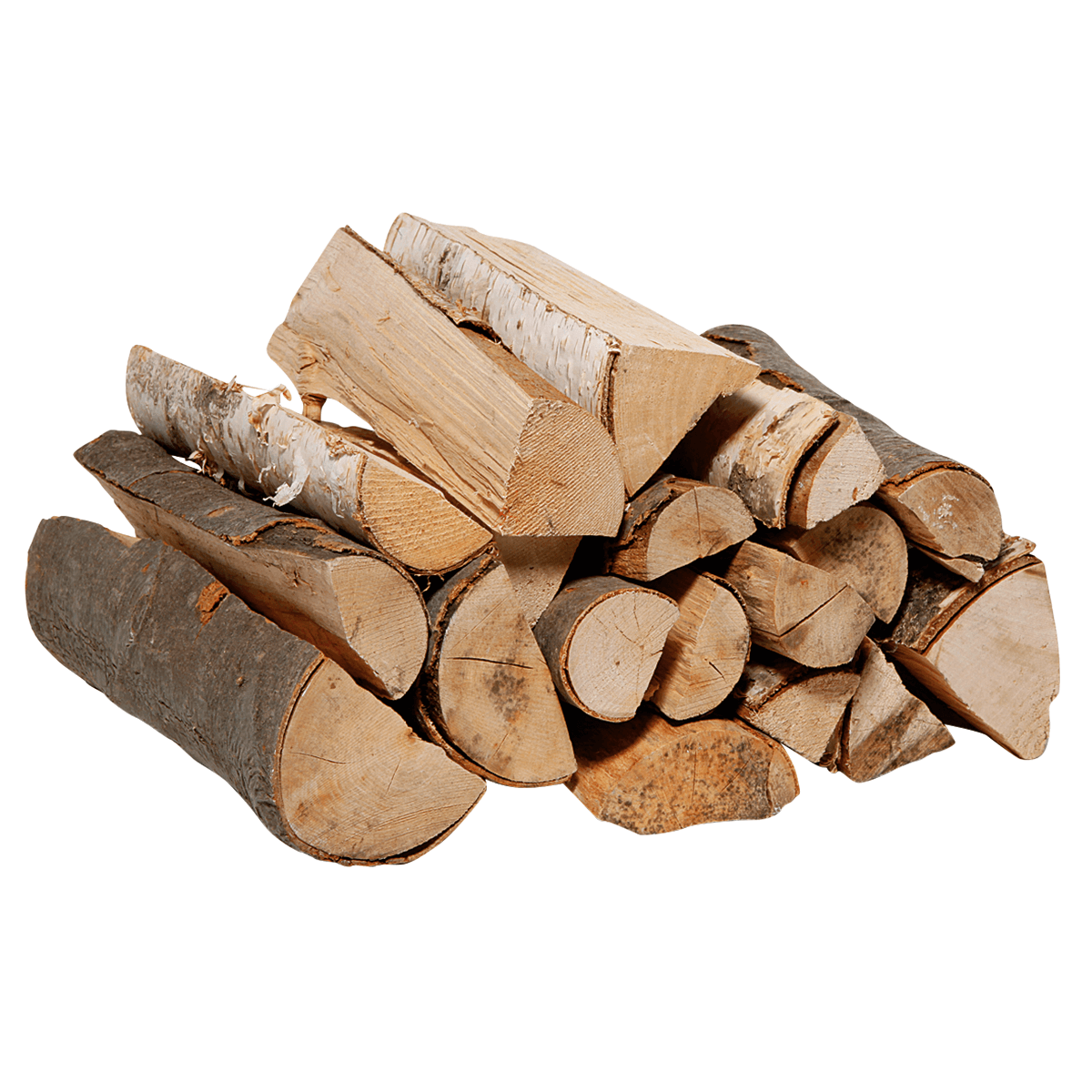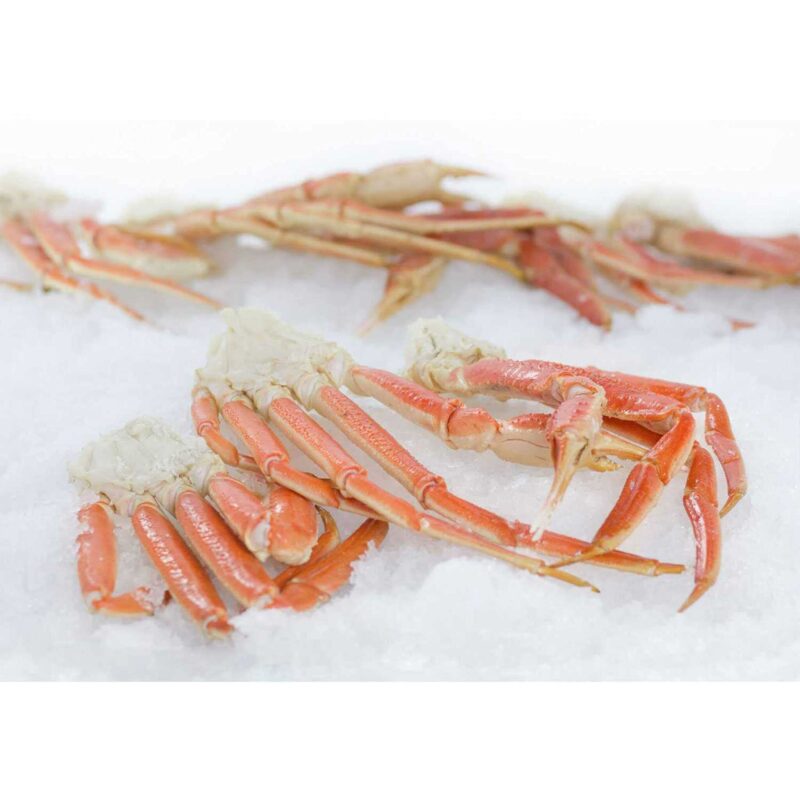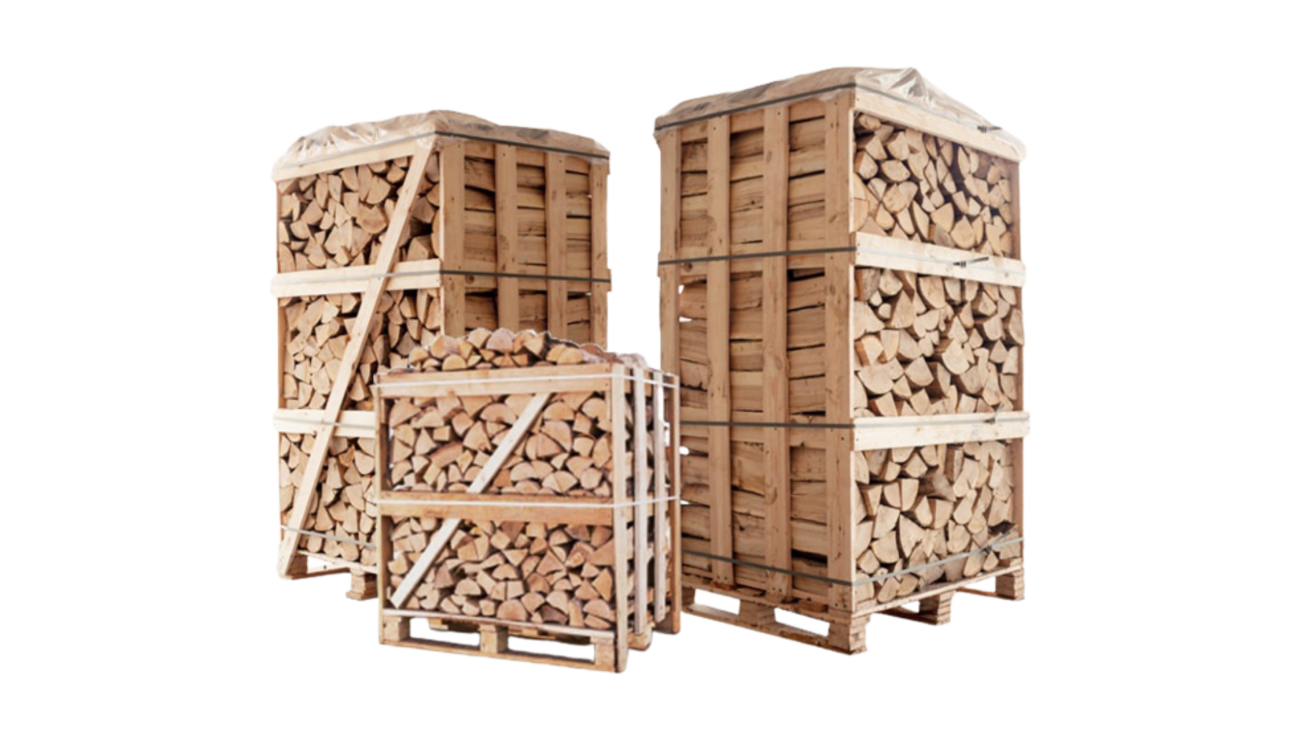Kiln Dried Firewood For sale In Europe Price- Wholesale logs For sale, Firewood logs, heat logs and timber products for sale across Europe. Door-to-door delivery. Kiln dried firewood, heat logs, wood briquettes. When purchasing kiln dried firewood, consumers should look for reputable suppliers who adhere to industry standards and certifications. These may include certifications for sustainable forestry practices (such as FSC or PEFC) and quality assurances for moisture content. Proper storage of kiln dried firewood is also essential to maintain its quality and performance over time.
Convenience of Firewood Delivery
Gone are the days of struggling to transport bulky bundles of firewood or spending hours stacking them in preparation for the colder months. With firewood delivery services, you can enjoy the luxury of having seasoned or kiln dried firewood brought directly to your home or business premises. This not only saves time and effort but also ensures that you have a consistent supply of quality firewood whenever you need it.
Options Available
Firewood delivery services typically offer a range of options to suit different needs and preferences:
- Type of Firewood: Choose between seasoned firewood, which has been naturally air-dried, or kiln dried firewood, which undergoes a controlled drying process for enhanced quality and efficiency.
- Quantity: Suppliers often provide flexibility in terms of the quantity of firewood delivered, from small bundles to bulk orders suitable for prolonged use.
- Delivery Frequency: Depending on your consumption and storage capacity, you can arrange for one-time deliveries or set up recurring schedules to ensure a continuous supply.
Considerations When Choosing a Provider
When selecting a firewood delivery service, consider the following factors to ensure a seamless experience:
- Quality: Opt for suppliers who offer high-quality firewood that meets your heating or cooking needs. Look for certifications or guarantees regarding moisture content and sustainability practices.
- Reliability: Choose a provider known for punctuality and reliability in deliveries, especially crucial during peak heating seasons or inclement weather.
- Customer Service: Evaluate reviews and testimonials to gauge the provider’s customer service standards, responsiveness to inquiries, and willingness to accommodate specific requests.
- Delivery Area: Check if the delivery service covers your geographical area and inquire about any additional charges for deliveries outside standard zones.
Benefits of Firewood Delivery
- Time-Saving: Eliminates the need for personally sourcing, transporting, and storing firewood, allowing you to focus on other priorities.
- Consistent Supply: Ensures you never run out of firewood, particularly important during colder months when demand may be high.
- Convenience: Offers flexibility with scheduled deliveries tailored to your usage patterns, reducing last-minute rushes or shortages.
- Quality Assurance: Reputable suppliers often provide guarantees on the quality and moisture content of the firewood, ensuring optimal performance and efficiency.
Advantages of Bulk Firewood Orders
- Cost Savings: Ordering firewood in bulk often comes with discounted prices per unit compared to purchasing smaller quantities. This can lead to significant savings, especially for those who require large volumes of firewood over an extended period.
- Convenience: By ordering in bulk, you reduce the frequency of ordering and delivery processes. This means fewer interruptions and less time spent managing firewood supplies, allowing you to focus more on other priorities.
- Availability: Ensures a consistent and ample supply of firewood, particularly beneficial during peak demand periods or when unpredictable weather conditions necessitate extra heating resources.
- Quality Assurance: Reputable suppliers of bulk firewood typically adhere to strict quality standards, ensuring that the wood is well-seasoned, properly dried (in the case of kiln dried firewood), and suitable for efficient burning and minimal maintenance.
- Environmental Considerations: Bulk orders can promote sustainable forestry practices, as suppliers often source their firewood from responsibly managed forests and offer certifications that attest to their environmental stewardship.
Considerations When Ordering Bulk Firewood
When preparing to place a bulk firewood order, consider the following factors to ensure a satisfactory experience:
- Type of Firewood: Decide whether you prefer seasoned firewood or opt for the enhanced efficiency of kiln dried firewood, depending on your heating or cooking needs.
- Quantity: Estimate your consumption needs based on factors such as heating requirements, storage capacity, and seasonal variations in usage. Suppliers typically offer flexibility in the quantity of firewood delivered.
- Supplier Reputation: Research potential suppliers by checking reviews, testimonials, and certifications related to quality, sustainability, and customer service. A reliable supplier ensures timely deliveries and consistent product quality.
- Delivery Logistics: Discuss delivery logistics with the supplier to ensure they can accommodate your location and schedule. Clarify any additional charges or delivery fees that may apply for bulk orders or deliveries outside standard service areas.
- Storage Considerations: Plan for adequate storage space to properly store the bulk firewood upon delivery. Proper storage helps maintain the quality and usability of the firewood over time.
Practical Tips for a Smooth Experience
- Plan Ahead: Place your order well in advance of peak demand periods to secure timely delivery and avoid potential supply shortages.
- Communicate Clearly: Provide detailed information to the supplier regarding delivery instructions, access points, and any specific requirements to facilitate a smooth delivery process.
- Inspect Upon Delivery: Upon receiving your bulk firewood order, inspect the quality and quantity to ensure it meets your expectations. Address any concerns promptly with the supplier.
- Maintain Storage Conditions: Store the firewood in a dry, well-ventilated area away from direct contact with the ground to prevent moisture buildup and ensure optimal burning efficiency.
Choosing the Right Type of Firewood
- Types of Firewood:
- Seasoned Firewood: Typically air-dried for at least 6-12 months to reduce moisture content naturally.
- Kiln Dried Firewood: Dried in a controlled environment to accelerate the process, ensuring lower moisture content (ideal for cleaner burns and less creosote buildup).
- Hardwood vs. Softwood: Hardwoods like oak, maple, and birch burn hotter and longer, making them ideal for sustained heating. Softwoods like pine and spruce ignite easily and produce a pleasant aroma but burn faster.
- Quality Considerations:
- Look for well-seasoned or kiln dried firewood with a moisture content of around 15-20% for optimal burning efficiency.
- Avoid wood that is green, moldy, or excessively damp, as it can be difficult to ignite and may produce more smoke and creosote.
Storing Firewood Properly
- Location:
- Choose a dry, well-ventilated area away from direct contact with the ground to prevent moisture absorption and decay.
- Consider using a firewood rack or stacking the wood on pallets to facilitate airflow and minimize contact with the ground.
- Covering:
- Cover the top of the firewood stack with a tarp or firewood cover to protect it from rain and snow while allowing for adequate ventilation.
- Seasonal Considerations:
- Stockpile firewood in advance of colder months to ensure a sufficient supply when heating demand is highest.
- Rotate older stock to the front of the stack to use it first, ensuring continuous airflow and maintaining optimal quality.
Using Firewood Safely and Efficiently
- Fireplace or Wood Stove Maintenance:
- Clean chimneys and flues regularly to remove creosote buildup and reduce the risk of chimney fires.
- Follow manufacturer guidelines for operating and maintaining your fireplace or wood stove to ensure safe and efficient use.
- Firewood Preparation:
- Split larger logs into smaller pieces to facilitate quicker drying and easier handling.
- Store kindling separately for easy access when starting fires, ensuring a quick and efficient ignition process.
- Environmental Awareness:
- Choose firewood sourced from responsibly managed forests or certified sustainable sources to support eco-friendly practices.
- Avoid burning treated or painted wood, which can release harmful chemicals into the air and pose health risks.
Choosing the Right Type of Firewood
- Flavor Profile:
- Different types of wood impart unique flavors to food. For example, hardwoods like oak, hickory, and fruitwoods (apple, cherry) are favored for their mild, sweet smoke that enhances the taste of grilled or smoked dishes.
- Consider the desired flavor profile of your dishes and choose firewood accordingly to complement or highlight specific ingredients.
- Burning Characteristics:
- Hardwoods burn hotter and longer, making them suitable for sustained cooking temperatures in wood-fired ovens or grills.
- Softwoods like pine and fir ignite quickly and produce intense heat, ideal for initial heating or generating high temperatures for searing.
- Quality and Preparation:
- Opt for well-seasoned firewood with a moisture content of around 15-20% to ensure efficient combustion and minimal smoke.
- Properly split and stored firewood facilitates quicker drying and easier handling, essential for maintaining consistent cooking temperatures.
Storing Firewood in a Restaurant Setting
- Storage Conditions:
- Allocate a dedicated space indoors or outdoors that is dry, well-ventilated, and protected from the elements.
- Use firewood racks or shelves to organize and store wood neatly, ensuring easy access and efficient rotation of stock.
- Quantity Management:
- Estimate your restaurant’s firewood consumption based on menu offerings, seasonal demand, and operational hours.
- Maintain a sufficient inventory of firewood to avoid interruptions in service and ensure consistent availability for cooking and heating.
Practical Considerations for Using Firewood in Restaurants
- Operational Efficiency:
- Train staff in proper firewood handling, including loading, lighting, and maintaining fires in wood-fired ovens or grills.
- Monitor and adjust firewood usage to maintain optimal cooking temperatures and achieve desired flavors without excessive smoke or flare-ups.
- Menu Integration:
- Incorporate wood-fired cooking techniques into your menu to highlight the unique flavors imparted by firewood.
- Experiment with different types of wood and cooking methods to develop signature dishes that resonate with your restaurant’s culinary identity.
- Safety and Compliance:
- Adhere to local fire safety regulations and guidelines for operating wood-fired cooking equipment in commercial settings.
- Regularly inspect and maintain chimneys, flues, and ventilation systems to ensure safe and efficient ventilation of smoke and combustion gases.
Environmental and Sustainability Considerations
- Sourcing Practices:
- Choose firewood sourced from responsibly managed forests or suppliers certified for sustainable practices (e.g., FSC or PEFC certification).
- Support local suppliers to reduce transportation emissions and promote community resilience in wood sourcing.
- Waste Management:
- Properly dispose of ash and wood residues in compliance with local environmental regulations.
- Explore opportunities for recycling or repurposing wood ash for gardening or composting purposes.
Types of Firewood for BBQ
- Hardwoods vs. Softwoods:
- Hardwoods such as oak, hickory, maple, and fruitwoods like apple and cherry are prized for their dense, aromatic smoke that enhances the taste of grilled foods. They burn hotter and longer, making them ideal for low and slow cooking methods like smoking.
- Softwoods like pine and fir ignite quickly and produce intense heat, but they can impart a resinous or bitter flavor to food. They are better suited for initial heating or generating high temperatures for searing.
- Flavor Profiles:
- Each type of wood imparts a unique flavor to BBQed food. For example, oak offers a robust, smoky flavor that complements beef and lamb, while fruitwoods like apple and cherry lend a sweet, fruity aroma that pairs well with poultry and pork.
- Moisture Content:
- Choose well-seasoned firewood with a moisture content of around 15-20%. Properly dried wood burns cleaner, produces less smoke, and allows for more precise temperature control during grilling or smoking.
Considerations for BBQ Enthusiasts
- Availability and Accessibility:
- Depending on your location, certain types of firewood may be more readily available than others. Explore local suppliers or specialty stores that offer a variety of hardwoods suitable for BBQ.
- Preparation and Handling:
- Before using, split larger pieces of firewood into smaller chunks or logs that fit comfortably in your BBQ or smoker.
- Store firewood in a dry, well-ventilated area to maintain its quality and ensure it’s ready for use when needed.
Tips for Maximizing Flavor and Efficiency
- Layering and Timing:
- Create layers of firewood and charcoal in your BBQ or smoker to establish a steady heat source and maintain consistent temperatures throughout the cooking process.
- Add additional wood chunks or chips periodically to sustain the smoky flavor and intensity desired for your BBQed dishes.
- Experimentation and Creativity:
- Mix and match different types of wood to customize the flavor profile of your BBQ creations. For example, blend oak with applewood for a balanced, nuanced smoke flavor.
- Monitoring and Adjustments:
- Monitor the color and aroma of smoke emitted from your BBQ. Thin, blue smoke indicates clean combustion and optimal flavor infusion, while thick, white smoke may result in a bitter taste.
Safety and Environmental Considerations
- Safety Precautions:
- Ensure proper ventilation when using firewood in BBQs or smokers to prevent carbon monoxide buildup.
- Follow manufacturer guidelines for maintaining and operating your BBQ equipment to minimize fire hazards.
- Sustainability:
- Choose firewood sourced from responsibly managed forests or suppliers certified for sustainable practices to support environmental conservation efforts.
- Dispose of ash and leftover wood responsibly, adhering to local waste management regulations. contact us for your orders [email protected]




